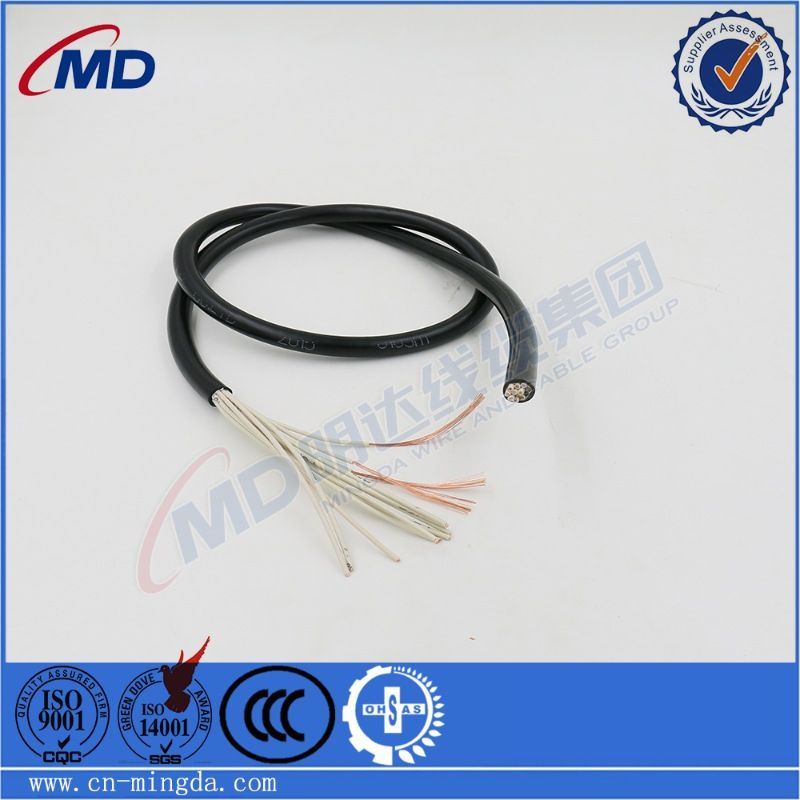ഡിസം . 16, 2024 06:06 Back to list
rubber lined butterfly valve
Understanding Rubber Lined Butterfly Valves A Comprehensive Overview
Rubber lined butterfly valves are vital components widely used across various industries, particularly in applications involving the flow control of liquids and gases. These valves are designed to enhance efficiency, minimize leakage, and adapt to corrosive environments. Let’s delve into their construction, working principle, advantages, applications, and maintenance considerations.
Construction
A rubber lined butterfly valve primarily consists of a circular disc, known as the butterfly, mounted on a shaft. The body of the valve is typically made from ductile iron or carbon steel, providing durability. The key feature of this valve is its lining, which is composed of rubber or elastomeric materials that offer excellent resistance to corrosion and abrasion. The lining protects the valve’s body from chemical attacks and wear, ensuring a longer service life.
The disc is positioned in the center of the valve body, and when the valve is closed, the rubber lining forms a tight seal against the valve seat, preventing media from passing through. When the valve is rotated to the open position, the disc aligns with the flow, allowing smooth passage of the fluid. This simple yet effective design makes rubber lined butterfly valves a popular choice in various applications.
Working Principle
The operation of a rubber lined butterfly valve is relatively straightforward. Using a handle or an actuator, the valve disc rotates 90 degrees to switch between open and closed positions. The rubber lining ensures that when the valve is closed, a reliable seal is formed, thus preventing any leakage. This quick and easy operation allows for efficient flow regulation, making it suitable for throttling applications.
When fully open, the butterfly allows for unobstructed flow, which minimizes pressure drop across the valve. Additionally, the compact design of butterfly valves allows for more efficient use of space in piping systems, making them an attractive choice for many industrial processes.
Advantages
Rubber lined butterfly valves come with several advantages
1. Corrosion Resistance The rubber lining protects against chemical corrosion, making these valves suitable for handling aggressive media in industries such as chemical processing and wastewater management.
2. Lightweight and Compact Compared to gate or globe valves, butterfly valves are lighter and occupy less space, simplifying installation and reducing construction costs.
rubber lined butterfly valve

3. Cost-Effective Butterfly valves generally cost less than other types of valves, coupled with lower maintenance costs, making them a budget-friendly choice for many applications.
4. Easy Operation The design allows for quick opening and closing, facilitating better control of flow rates.
5. Versatility They can be used in various industries, including water treatment, food and beverage, pharmaceuticals, and power generation.
Applications
Rubber lined butterfly valves are utilized across numerous sectors due to their versatility
- Water Treatment They control the flow of water during purification processes, allowing for effective management of treatment facilities. - Chemical Processing Common in chemical plants, these valves handle corrosive liquids and gases while maintaining process integrity. - Food and Beverage Industry Used for controlling the flow of liquids in processing plants, ensuring hygiene and compliance with health regulations. - Pharmaceuticals Essential for managing sterile flow processes, where contamination risks must be minimized. - HVAC Systems In heating, ventilation, and air conditioning systems, they regulate and control airflow efficiently.
Maintenance Considerations
While rubber lined butterfly valves are known for their durability, regular maintenance is essential to ensure their longevity. Operators should periodically inspect the valve for signs of wear on the rubber lining and the disc. Any deterioration could lead to leaks or failures, impacting operational efficiency.
Lubricating the valve shaft can help prevent seizing and ensure smooth operation. Additionally, it’s important to clean the valve regularly to prevent buildup of contaminants that can affect performance.
Conclusion
In conclusion, rubber lined butterfly valves represent a robust solution for flow control in various industrial applications. Their unique features, including corrosion resistance, lightweight design, and cost-effectiveness, make them suitable for diverse environments. By understanding the fundamentals of their construction, operation, advantages, and maintenance, industries can better leverage these essential components in their processes, ensuring efficiency and reliability in fluid management.
Share
-
Reliable Wafer Type Butterfly Valves for Every IndustryNewsJul.25,2025
-
Reliable Flow Control Begins with the Right Ball Check ValveNewsJul.25,2025
-
Precision Flow Control Starts with Quality ValvesNewsJul.25,2025
-
Industrial Flow Control ReliabilityNewsJul.25,2025
-
Engineered for Efficiency Gate Valves That Power Industrial PerformanceNewsJul.25,2025
-
Empowering Infrastructure Through Quality ManufacturingNewsJul.25,2025